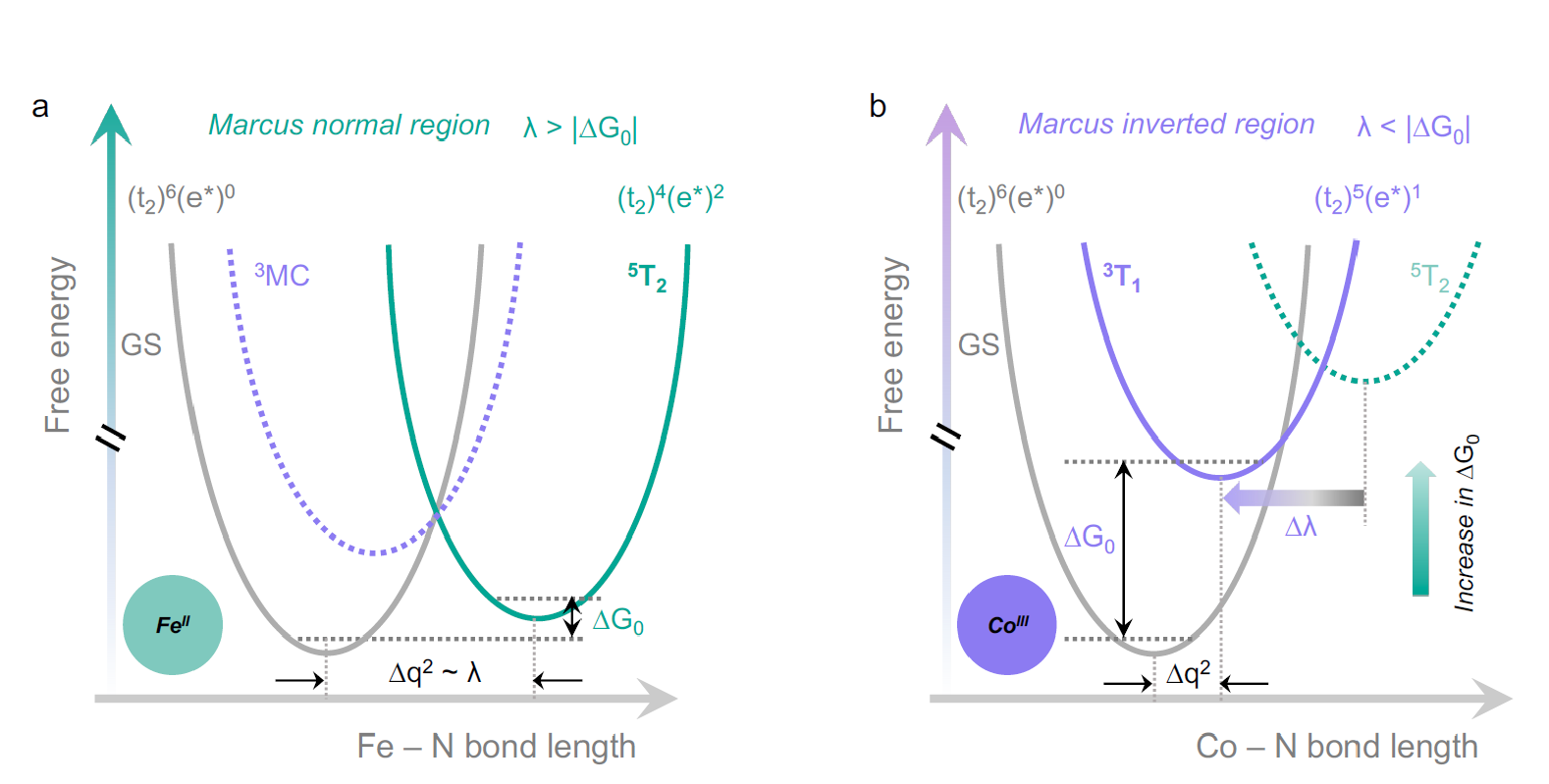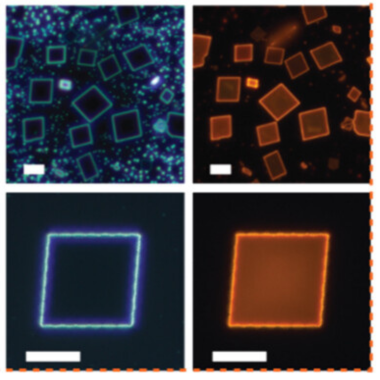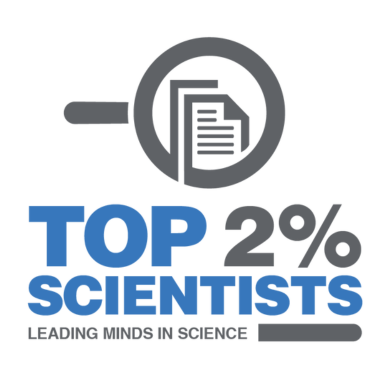Research Spotlight: Atanu Ghosh
Atanu Ghosh, a 4th year graduate student, is first author of the McCusker Group's latest paper appearing in Nature Chemistry — "Establishing the origin of Marcus-inverted-region behaviour in the excited-state dynamics of cobalt(III) polypyridyl complexes."
This research was also recently featured in a Behind the Paper blog by Springer Nature Research Communities.
In the spirit of getting a further behind-the-scenes look at the daily breakthroughs achieved by Spartan Chemists, we asked Atanu to share the story behind his latest research, his work with mentor Professor James. K. McCusker, and where these exciting findings will lead next.
Harnessing light energy and converting it into chemical energy has long been a cornerstone
of chemical research. The solar panels adorning rooftops worldwide are just one tangible
result of this relentless pursuit. What captivates chemists like me in this field
is the possibility of creating unique molecules with unique properties—some already
known, and others completely novel. This challenge is far from simple, requiring a
deep understanding of the intricate properties of these molecules.
In my PhD research with the McCusker Group, I aim to build a fundamental understanding
of how metal complexes, particularly Cobalt(III)-based ones, absorb and store light
energy using their excited states. Our collective knowledge suggested that the excited
states of cobalt(III) complexes should be less efficient at storing light energy compared
to their isoelectronic iron(II) counterparts. However, the data I collected told a
different story, defying our expectations and igniting my passion for some ground-breaking
scientific discovery.
Through countless times of failures (which eventually led to more understanding),
data collection and analysis, we uncovered that these Cobalt(III) complexes exhibit
unique excited-state properties—specifically, 'Marcus inverted region' dynamics. This
groundbreaking discovery reveals that we can now store more light energy, paving the
way for advanced solution-based chemistry like bond activation, which was previously
unattainable.
Driven by this unexpected finding, we delved deeper into the origins of this behavior. We discovered that the excited-state structural distortion because of the change in a spin state nature plays a pivotal role in deciding these dynamics, which is the theme of this paper. The most exciting thing for me was the process of discovery, and discussion with Jim, my PhD advisor.
I still remember the Christmas holidays of 2021 when I figured this out from my experiments and informed Jim of the good news on 31st December, which made the start of the 2022 very exciting for us. Another exciting fact about our work is that we gleaned this level of information using commonly available ultrafast transient absorption experiments at varying temperatures, rather than the typically required and hard-to-access ultrafast X-ray emission experiments at national facilities.

Looking forward, this study offers crucial insights and paves the way for the development
of innovative chemical platforms and theoretical research aimed at understanding fundamental
principles. These insights are expected to be pivotal for the large-scale application
of these systems. In the McCusker Group, we are already investigating additional motifs
to enhance energy storage capacity. My current objective is to understand how these
molecules alter their structure after absorbing light, which will provide us with
essential information to better control these excited state processes.



